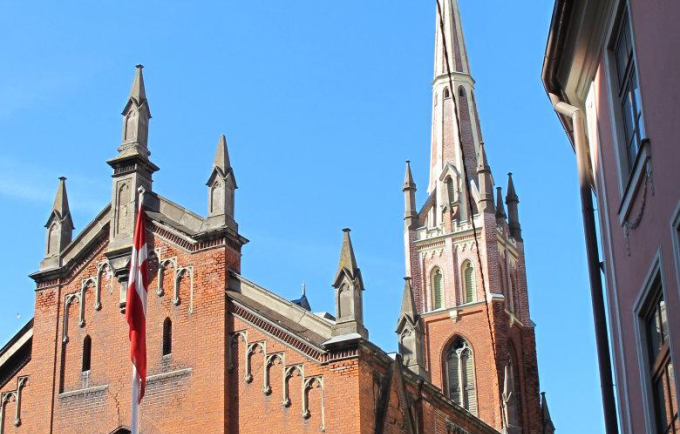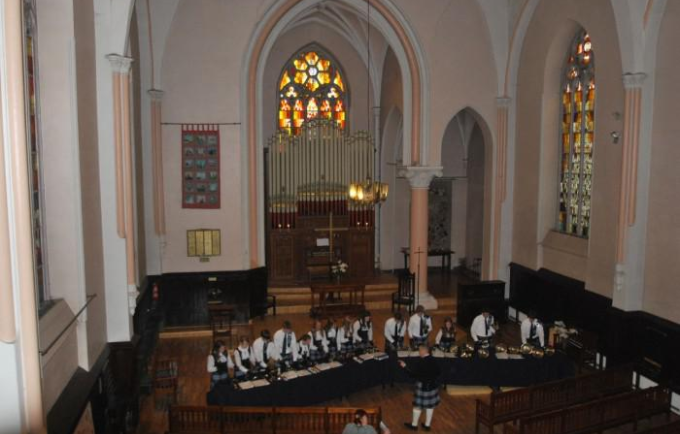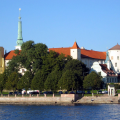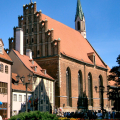The congregation’s involvement in community outreach programs is a direct result of its history. In the early 19th century, British traders were active in the territory now known as Latvia, and British sailors were a common sight on the streets of Riga.
On occasion, the sailors got into trouble and were incarcerated. Partly in response to this issue, British businessmen in 1806 established a British Poor Fund, whose purposes were threefold:
1) to provide temporary relief for distressed British subjects;
2) to endow a British clergyman to celebrate services according to the Rites of the Church of England; and
3) to build a church and residence for the clergyman.
A congregation was founded in 1822, and the foundation stone of the church was laid in 1857. A shipload of earth was sent from Britain so that the church could be built on British soil. Bricks were provided as well. The church was dedicated on July 26 1859, as the Church of St. Saviour in Riga, and the first regular church service was held in November 1859.
When in 1941 neighbouring St. Peter’s Lutheran Church was devastated its parish moved to St. Saviour’s and existed there for some time also during the Soviet period. From 1973, it became the home of the Riga Polytechnic Institute’s Student Club. During this period, the church building was renewed, and it became a cultural centre and venue for concerts, exhibitions, and dances.
After Latvia regained its independence in 1991, U.S. missionary Arden Haug founded an English-speaking congregation. In 1995, Rev’d Juris Cālītis, who was born in Latvia, assumed the responsibilities of pastor. On his retirement in 2014, Jāna Jēruma-Grīnberga, former Lutheran Bishop in Great Britain, became Chaplain.








